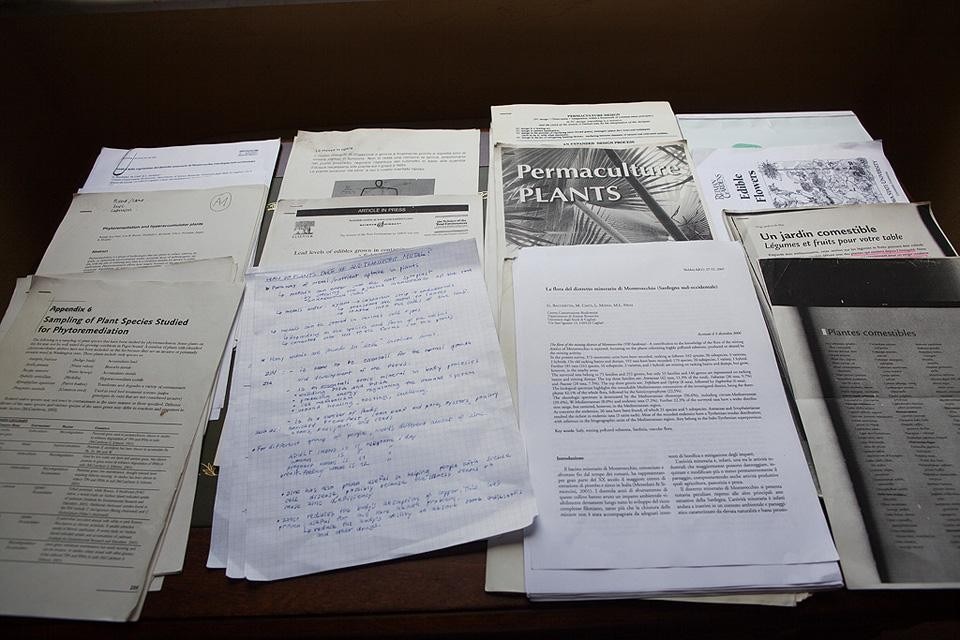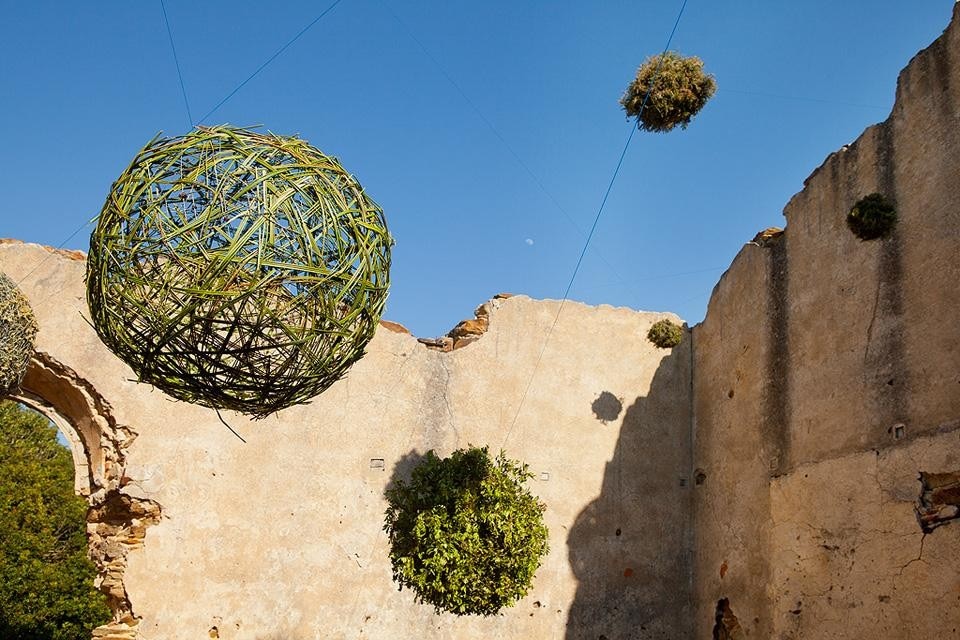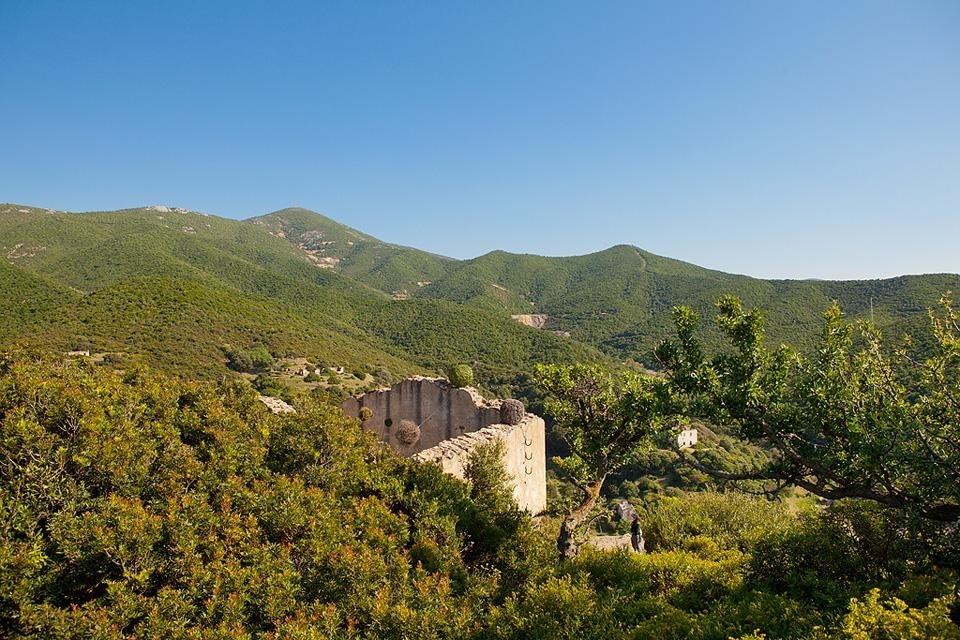This sifted desert mineral is finally consolidating or dissolving the works developed in the last ten days of May. More than sixty participants from four continents joined the workshop, alongside ten tutors and five project leaders.
Landworks Sardinia had the Department of Architecture, Design and Urbanism of the University of Sassari, the Presidency of the Council of the Region of Sardinia, the Goethe Institute and the UNESCO Chair for Landscape (CUPEUM) as scientific partners. Simultaneously, the local governments of the municipality of Guspini, mining company Arbus — which owns the former mining concessions — and many local associations worked together on the initiative.
For those who now want to see the results of this work, below are a series of notes written during the landworks process, perhaps the most effective guide to understanding the work and spirit that guides these constructions.
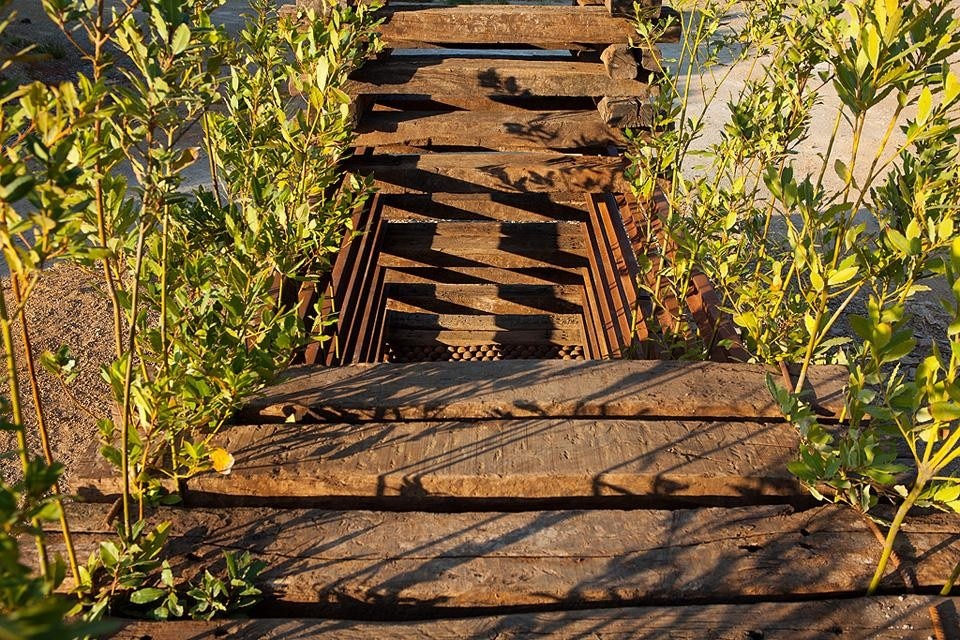
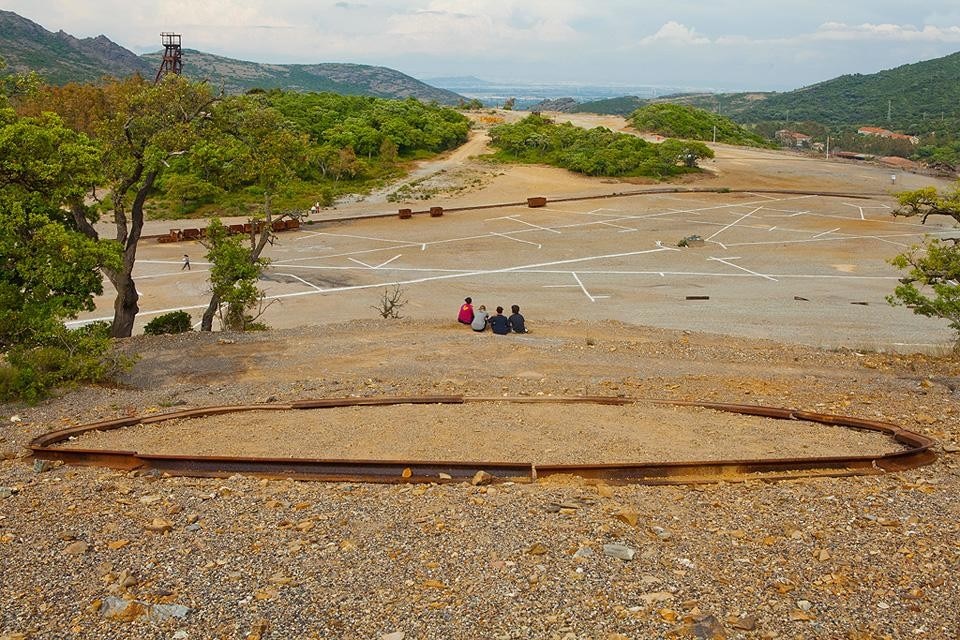
This sifted desert mineral is finally consolidating or dissolving the works developed in the last ten days of May. More than sixty participants from four continents joined the workshop, alongside ten tutors and five project leaders
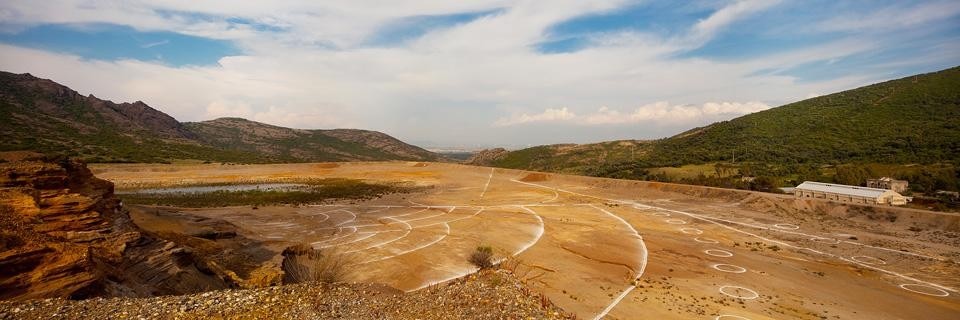
The group invents a world of places and names [A-TOPIC GRID, HUMAN PARKING, LENS (S) CAPE, BINOCULAR (OR INFINITE), MICRO (i) PHONE (OR AMPLIFIER), CANNON, U-TOPIC GRID, TEMPLE, HALO'S DEER ]. Some large, some small. From their games they make a map, assembled on-site with a performing rhythm, giving new coordinates to the location. Three actions become the foundations of the project: re-use, connect, clean. Simple and primitive movements, a coordinated effort exactly where and when you need it; here is their method, the Montevecchio Metod, a new foundation, a new system of relations between bodies through semi-finished items. All these are devices. There is a video of the process. We have seen and walked through the east yard of the Montevecchio mines many times, but the group's Metod offers a completely new lens through which to look at the area, anticipates a masterplan, reveals a park.
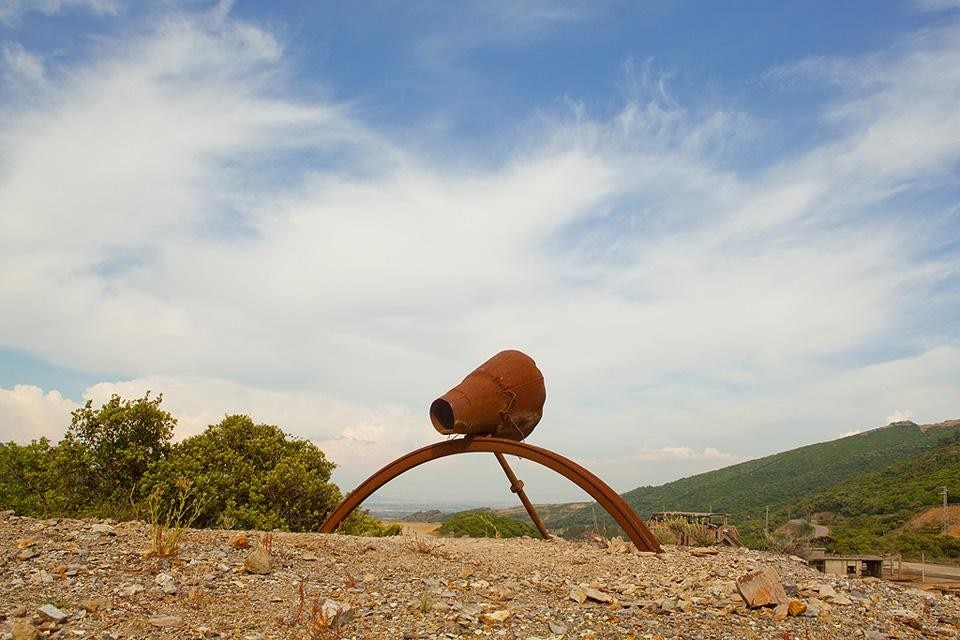
Data is collected and measured; time, materiality, humidity, temperature, wind. Learning is transcribed and recorded. Extract, discard, intervene, operate. Observe, draw, assimilate, understand. Students are enthusiastic, restlessly learning about place and making. In disagreement regarding a mode of collective intervention, they pause, debate, vote, and begin working again. Silvestro Papinuto, a former miner and expert plant forager, and Filippo Mereu, a specialist on urban agriculture, bring critical insight and physical assistance to the unit.
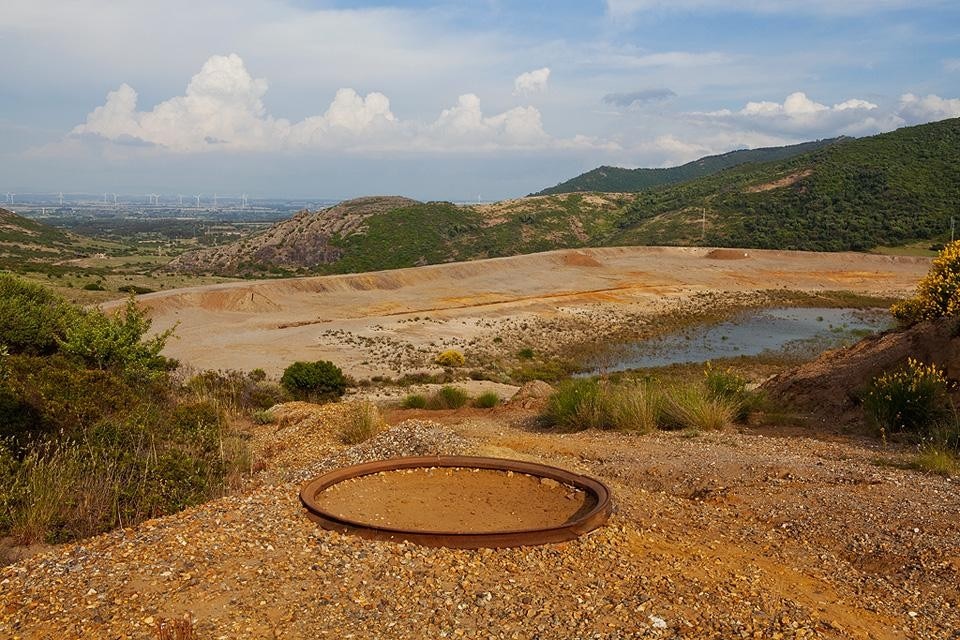
Meanwhile, the L3 on-site research and its expanse of aggregates is already an accessible, virtual public space and available for commentary.
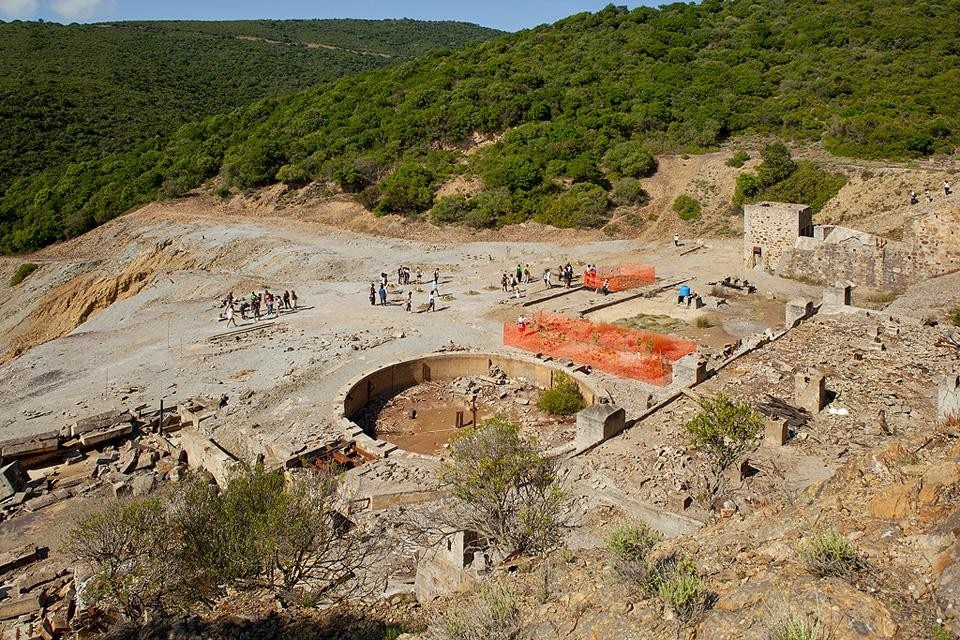
Along the valley of the Rio Piscinas the choice of site was extremely accurate. The exposure, the light, the weather are perfect. It's so comfortable in here. Two mono places, two secret gardens. Vegetable balls rise from the first room, and remain suspended in the second. Innocent, like soap bubbles. It is possible to experience the scents and the voices of the mountain, and the decades of mining, its places and people are forgotten. You enjoy the privilege of being here now. It feels better inside than out. I would like to have this place as my office. Fausta Occhipinti
